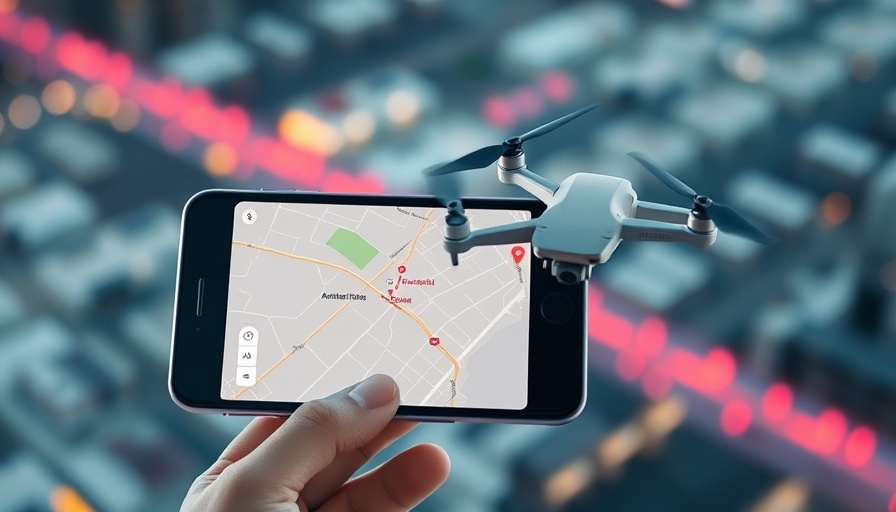
Understanding Airspace Authorization: What Every Drone Pilot Needs to Know
As drone technology gains traction among hobbyists and professionals alike, understanding airspace regulations is more crucial than ever. In controlled airspace—those near airports and busy air traffic zones—pilots must secure authorization before flying. This precaution not only ensures safety but also keeps pilots compliant with the FAA's regulations.
In 'How To Get FAA Airspace Authorization Using LAANC', the discussion dives into the vital process of securing drone flight permissions, exploring key insights that sparked deeper analysis on our end.
Why Airspace Classification Matters
The airspace is divided into classifications (A, B, C, D, and E), where Classes B, C, D, and E are controlled airspace. These areas typically host more manned aircraft, which poses safety risks for drone operations. Thus, if you're flying in these zones, you are required to obtain FAA authorization.
Getting Authorization Made Easy with LAANC
Fortunately, securing this authorization isn’t an uphill battle. Through the use of the Low Altitude Authorization and Notification Capability (LAANC), pilots can easily request permission to operate in controlled airspace using apps like Autopilot and Aloft. The entire process can take as little as 30 seconds, making it both speedy and efficient.
A Step-by-Step Guide to Using the Apps
If you’re eager to get started, here’s a simplified breakdown:
- Open Your Chosen App: Both Autopilot and Aloft provide user-friendly interfaces that enable you to locate your intended flight area.
- Select Airspace: Tap the area you wish to fly in. The app will provide you with information on altitude restrictions and any alerts, such as temporary flight restrictions.
- Specify Flight Details: Input your desired altitude (up to 400 ft in many cases), the duration of your flight, and the intended mission date.
- Submit Your Request: After providing the necessary details, submit your request and wait for the authorization. You’ll receive a confirmation shortly after.
Exciting Benefits of Using LAANC
This system offers more than just an easy application process. LAANC features several benefits:
- Instant Approval: Unlike traditional routes that may take longer, LAANC can deliver quick authorizations, allowing for more spontaneous drone flights.
- Accessibility for All Pilots: Both recreational and commercial drone pilots can benefit from LAANC, though commercial users may access additional features.
- Advance Requests: If you're planning a shoot or commercial job, you can submit requests up to 90 days in advance, adding flexibility to your planning.
Future Trends in Drone Piloting
As drone technology evolves, the regulatory landscape is expected to adapt accordingly. Innovations may lead to more autonomous systems for airspace management, potentially paving the way for more integrated drone operations within controlled airspace. Understanding current systems like LAANC can place you ahead of these trends and prepare you for the future of drone flying.
Final Thoughts: Equip Yourself with Knowledge
In conclusion, whether you're a recreational flyer or a professional pilot, obtaining airspace authorization is a simple yet critical step in ensuring you operate within regulations. Tools like LAANC offer quick, straightforward solutions to safeguarding your flights. If you're ready to take to the skies, dive into these apps and empower your flying experience!
If you found this article helpful, take a moment to explore drone flight apps further and integrate them into your preflight checklist. Understanding the airspace around you not only enhances your flying safety but elevates your drone piloting skills.
 Add Row
Add Row  Add
Add 




Write A Comment